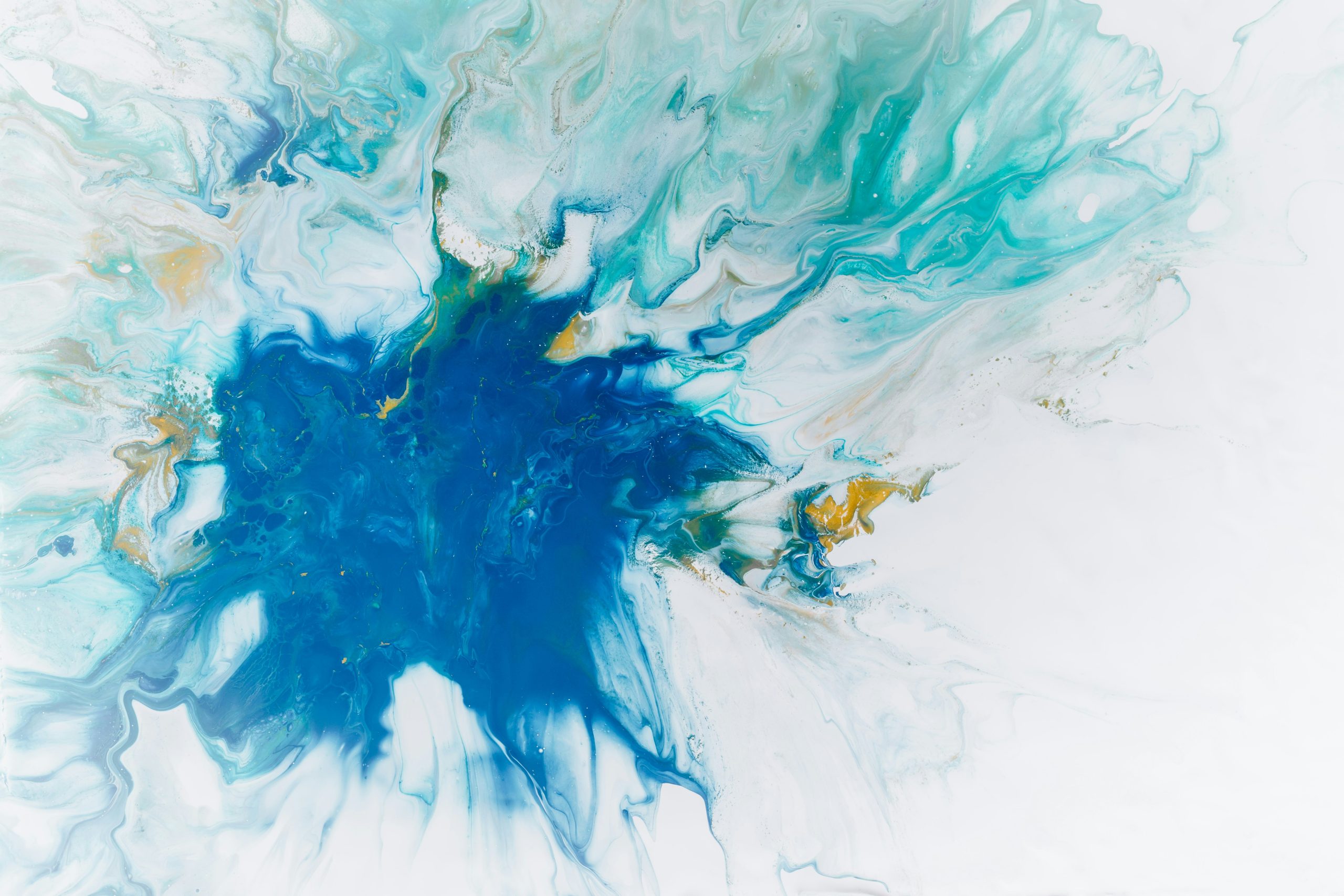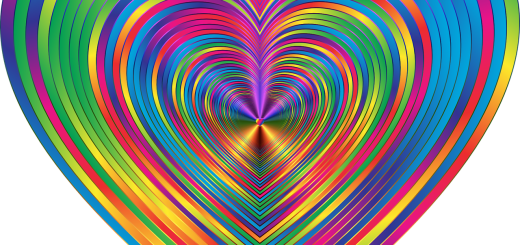Color Therapy for Creative Expression: Inspiring Artistry

Before diving in, please note: This post is for informational purposes only. If you’d like to know more about how we approach topics, feel free to check out our friendly Disclaimer Page.
Hey there, amazing readers! 🖐️ Just a quick note: yes, we know there are a lot of ads here. Trust us, we get it—it’s not the prettiest look, but they help us keep this blog alive and kicking. Those pesky little ads cover the costs of all the behind-the-scenes magic, from hosting and tech stuff to creating content we hope you’ll love.
We’re committed to delivering quality posts, and your support (even just sticking around despite the ads) means everything to us. So, bear with us, and thanks for helping us keep the good vibes rolling. Now, on to the fun stuff! 😉
TRANSLATE BUTTON AT THE END OF THE ARTICLE
A Quick Overview
Color therapy, also known as chromotherapy, is based on the idea that colors have a profound impact on our emotions, moods, and overall well-being.
This alternative therapy has been used for centuries to promote healing, balance energy, and stimulate creativity.
In the realm of art, color therapy can be a powerful tool for artists looking to enhance their creative expression and inspire their artwork.
By understanding the basics of color therapy and how it can be applied to artistic endeavors, artists can unlock a whole new level of inspiration and meaning in their work.
The Basics of Color Therapy
Color therapy is founded on the belief that different colors have specific vibrational frequencies that can affect the body and mind in various ways.
Each color is associated with different qualities and emotions, and by incorporating specific colors into our lives, we can influence our mood, energy levels, and overall well-being.
Color therapy can be used in many different forms, including through visualization, wearing colored clothing, and surrounding ourselves with specific colors in our environment.
In art, color therapy can be harnessed to evoke certain emotions, create harmony, and convey meaning in a visual medium.
Understanding the Psychology of Color
The psychology of color delves into the way different colors can evoke specific emotional responses and perceptions in individuals.
For example, warm colors like red, orange, and yellow are often associated with energy, passion, and warmth, while cool colors like blue, green, and purple are linked to calmness, tranquility, and introspection.
Understanding the psychology of color can help artists tap into the subconscious associations that viewers may have with certain colors, allowing them to create artwork that resonates on a deeper level.
How Color Impacts Creativity
Color plays a crucial role in sparking creativity and inspiring artistic expression.
Different colors can stimulate different parts of the brain, leading to enhanced creativity, imagination, and innovation.
By experimenting with a variety of colors in their artwork, artists can explore new ideas, emotions, and themes, pushing their creative boundaries and producing more dynamic and engaging pieces.
Color can also be used to convey narrative, mood, and symbolism in art, adding layers of depth and complexity to the artist’s message.
Using Color to Spark Inspiration
Color can be a powerful source of inspiration for artists, serving as a starting point for artistic exploration and experimentation.
By immersing themselves in a specific color palette or using a particular color as a focal point, artists can ignite their imagination and unlock new ideas for their artwork.
Colors found in nature, emotions, memories, or personal experiences can all serve as inspiration for artists looking to infuse their work with meaning and creativity.
By harnessing the emotional and psychological impact of color, artists can create artwork that resonates with viewers on a profound level.
Color Wheel Techniques for Artists
The color wheel is a valuable tool for artists looking to understand the relationships between different colors and create harmonious compositions in their artwork.
By familiarizing themselves with the color wheel and its principles, artists can learn how to mix colors effectively, create contrast, and achieve balance in their pieces.
Some key color wheel techniques include complementary colors (colors opposite each other on the wheel), analogous colors (colors next to each other on the wheel), and triadic colors (colors evenly spaced around the wheel).
By mastering these techniques, artists can create visually striking and cohesive artworks.
Choosing the Right Colors for Your Art
When selecting colors for their artwork, artists should consider the emotional, symbolic, and aesthetic impact of each color choice.
Different colors can convey different emotions and messages, so it’s important to choose colors that align with the intended mood and theme of the artwork.
Artists can also experiment with color combinations, textures, and values to create depth and interest in their compositions.
By being mindful of color choices and their effects, artists can create artwork that is visually appealing, emotionally resonant, and conceptually cohesive.
The Healing Power of Color Therapy
Color therapy has been used for centuries as a healing modality, believed to balance energy, promote relaxation, and enhance overall well-being.
In art, color therapy can be used to evoke feelings of serenity, joy, and healing in the viewer, creating a sense of emotional resonance and connection.
By incorporating soothing colors like blues and greens, artists can create calming and restorative artwork that provides a sense of comfort and tranquility.
Color therapy in art can also be a form of self-expression and self-care, allowing artists to channel their emotions and experiences into their creative work in a therapeutic way.
Incorporating Color Therapy into Your Creative Process
To incorporate color therapy into their creative process, artists can start by exploring the meanings and associations of different colors and experimenting with how they interact in their artwork.
Artists can create mood boards, color studies, and color swatches to test out different color combinations and see how they affect the overall composition.
By being intentional and thoughtful in their use of color, artists can create artwork that is not only visually appealing but also emotionally impactful and spiritually resonant.
Color therapy can be a powerful tool for artists seeking to infuse their work with deeper meaning, symbolism, and intention.
Enhancing Emotional Expression with Color
Color can be a powerful tool for artists looking to convey emotions, experiences, and narratives in their artwork.
By using color to express their innermost thoughts and feelings, artists can create work that is authentic, raw, and deeply personal.
Artists can experiment with bold, vibrant colors to convey energy and passion, or use muted, subtle colors to evoke a sense of calm and introspection.
By tapping into the emotional resonance of color, artists can create artwork that speaks to the heart and soul of the viewer, forging a connection that transcends words and transcends boundaries.
Balancing Colors for Harmonious Artwork
Creating harmonious artwork involves finding a balance between different colors, values, and textures to create a cohesive and visually pleasing composition.
Artists can achieve harmony in their artwork by considering the principles of color theory, such as color harmony, contrast, and balance.
By using complementary colors to create contrast and interest, artists can draw the viewer’s eye to certain focal points in the artwork.
Artists can also experiment with different color schemes, such as monochromatic, analogous, or triadic, to create dynamic and visually engaging compositions.
By mastering the art of color balance, artists can elevate their work to new heights of aesthetic beauty and emotional impact.
Exploring the Symbolism of Different Colors
Colors have long been associated with symbolic meanings and cultural significance, with different colors carrying different connotations and associations.
For example, red is often associated with passion, energy, and love, while blue is linked to peace, tranquility, and stability.
By exploring the symbolism of different colors, artists can imbue their artwork with deeper layers of meaning and significance, allowing viewers to interpret the artwork in a more profound and personal way.
Artists can use color symbolism to convey themes, emotions, and narratives in their artwork, creating a rich tapestry of visual storytelling that resonates with the viewer on a subconscious level.
Color Therapy Exercises for Artists
To incorporate color therapy into their artistic practice, artists can engage in a variety of exercises and techniques to explore the emotional and psychological impact of color in their artwork.
Some color therapy exercises for artists include:
Color meditation: Spend time meditating on a specific color and how it makes you feel emotionally and physically.
Color journaling: Keep a journal where you document your thoughts and feelings about different colors and their meanings to you.
Color exploration: Experiment with different color combinations and palettes to see how they affect the mood and message of your artwork.
Color infusion: Infuse your artwork with specific colors that hold personal significance or emotional resonance for you.
Color symbolism: Research the symbolic meanings of different colors and incorporate them into your artwork to add layers of depth and meaning.
By engaging in these color therapy exercises, artists can deepen their understanding of how color impacts creativity, emotion, and expression in their artwork, leading to more authentic and resonant pieces that speak to the heart and soul of the viewer.
Conclusion
Color therapy can be a powerful tool for artists looking to enhance their creative expression, spark inspiration, and convey deeper meaning in their artwork.
By understanding the psychology of color, utilizing the color wheel techniques, and exploring the symbolism of different colors, artists can create harmonious and emotionally resonant compositions that speak to viewers on a profound level.
Incorporating color therapy into the creative process can lead to artwork that is not only visually striking but also spiritually and emotionally uplifting.
Through mindful use of color, artists can tap into the healing power of color therapy and create artwork that transcends boundaries and touches the soul.

The Enlightenment Journey is a remarkable collection of writings authored by a distinguished group of experts in the fields of spirituality, new age, and esoteric knowledge.
This anthology features a diverse assembly of well-experienced authors who bring their profound insights and credible perspectives to the forefront.
Each contributor possesses a wealth of knowledge and wisdom, making them authorities in their respective domains.
Together, they offer readers a transformative journey into the realms of spiritual growth, self-discovery, and esoteric enlightenment.
The Enlightenment Journey is a testament to the collective expertise of these luminaries, providing readers with a rich tapestry of ideas and information to illuminate their spiritual path.
Our Diverse Expertise 🌟
While our primary focus is on spirituality and esotericism, we are equally passionate about exploring a wide range of other topics and niches 🌍📚. Our experienced team is dedicated to delivering high-quality, informative content across various subjects ✨.
To ensure we provide the most accurate and valuable insights, we collaborate with trusted experts in their respective domains 🧑🏫👩🏫. This allows us to offer well-rounded perspectives and knowledge to our readers.
Our blog originally focused on spirituality and metaphysics, but we’ve since expanded to cover a wide range of niches. Don’t worry—we continue to publish a lot of articles on spirituality! Frequently visit our blog to explore our diverse content and stay tuned for more insightful reads.







